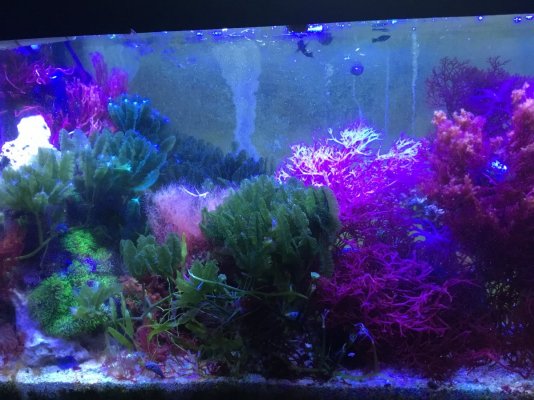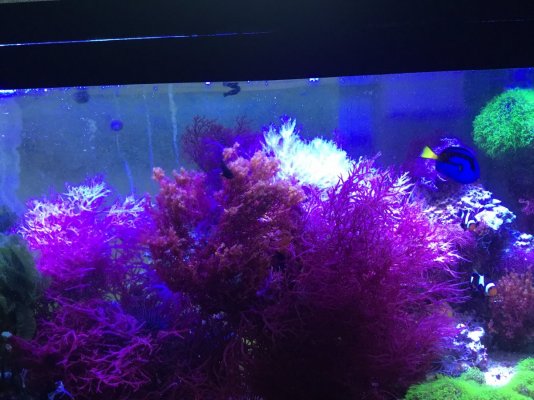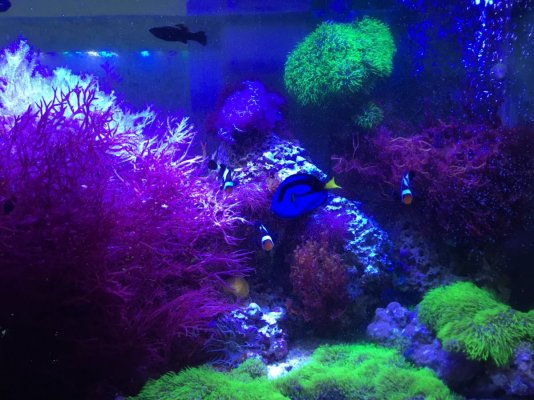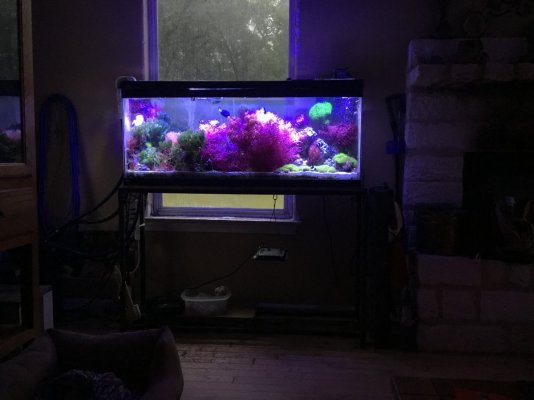- Joined
- Sep 16, 2015
- Messages
- 321
- Reaction score
- 116
- Review score
- +0 /0 /-0
- Location
- Burlington Washingtom
I dont know if ive ever even concidered trying this. In the wild, are these plants found in brackish water or just fresh water?This is a freshwater tank, with freshwater plants. If you want to trade some saltwater macro for my freshwater plants I’d be open to it, but i want to make sure we understand each other lol.
























